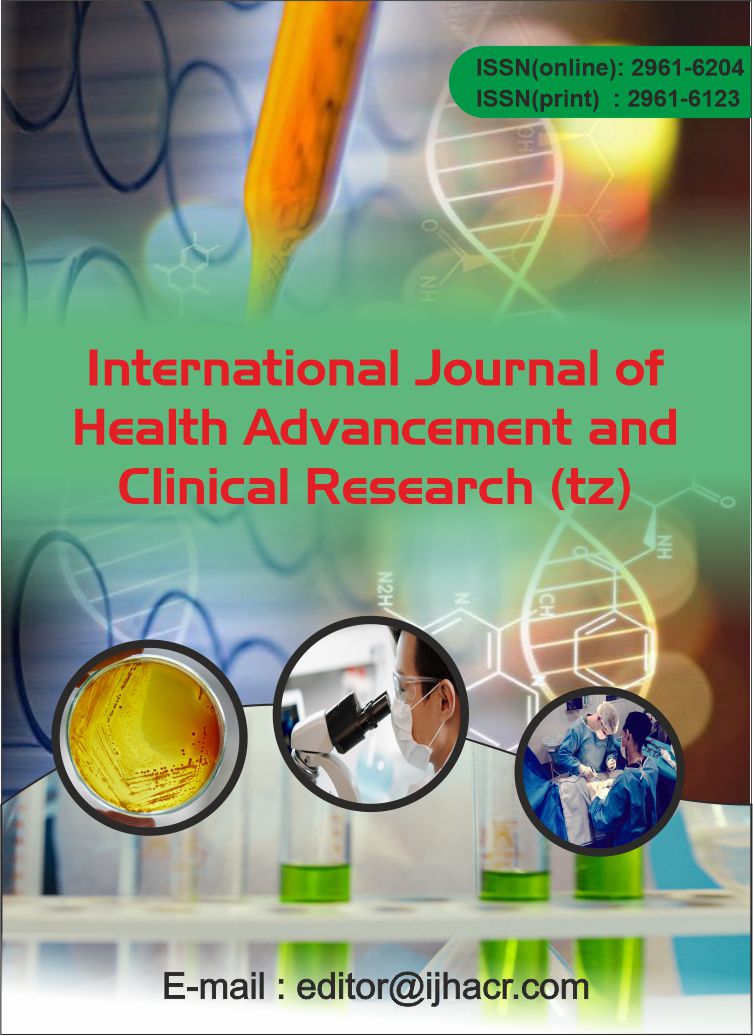Depict and Break Down the Cooperations Among Rider and Pony
Abstract
Even though it appears obvious that horse-related safety must be improved, no extensive research into understanding or lowering horse-related risk has been done. Four aspects of horse-related risk are covered in this essay: the danger itself, the horse, the rider, and the culture in which equestrian activities are practiced. We describe how the four fundamental risk management strategies of avoidance, transference, mitigation, and acceptance are affected by the many ways that risk is produced in each dimension. We find that acceptance and avoidance of risk associated with horses are often high. This is probably because horses are frequently portrayed as being irrationally unpredictable, frightful, and deadly. A lot of risk management is transferred, particularly when using safety equipment like helmets. Risk mitigation is the tactic that is least used, which is concerning. We emphasize the potential advantages of creating mitigation techniques that are focused on (a) making horses more predictable to humans and (b) making riders more proficient in the physical abilities that increase their resistance to injury and falls. We conclude by presenting a multidisciplinary research agenda that might lower the number of horse riders' accidents, illnesses, and fatalities worldwide.
Keywords: Biophysics, Rehabilitation, Physiology





